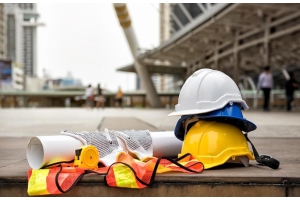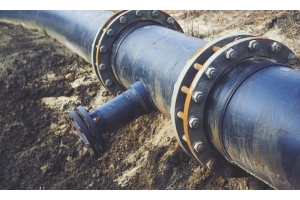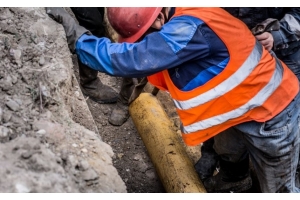The Biggest Mistake People Make When Testing Inflatable Plugs


And how to test inflatable plugs correctly
Inflatable pipe plugs are crucial tools on many line stop operations. They are flexible to conform to almost any shape, fast and simple to install, easy to store and transport, and are very cost effective. Before using an inflatable plug, it’s important to take the right steps to test it and ensure it isn’t damaged. However, many people make a critical mistake when testing these types of line stops: They inflate them outside of the pipe.
Why you shouldn’t fully inflate plugs outside of the pipe
Inflatable plugs should never be filled to their full inflation pressure unless they are properly installed inside of a pipeline. These plugs are designed to press against the inside of a pipe when filled with air or liquid and, without that containment, the inflatable plug could be damaged and fail, leading to serious bodily injury or death of those nearby. Similarly, inflatable plugs should never be allowed to protrude from the end of the pipeline during filling or operation.
If you want to test inflate your inflatable pipe plug outside of a pipe before use to ensure it will hold pressure, Petersen recommends you fill it to 5% of its Maximum PSI/bar or 5 PSI (0.34 bar) whichever is less. You should never inflate pipe plugs to their maximum inflation level outside of a pipeline.
How to test your inflatable plug
Before installing your inflatable plug, you have to make sure it’s usable and in good condition. The first step is inspecting the surface to search for tears, cuts, or other visible damage. After checking the surface, you want to look at the inflation hoses and control and safety instruments. If anything looks broken or is not working properly, contact our team before using the pipe plug, so we can repair it or replace specific parts.
After visually inspecting your inflatable plug and checking its components, it’s time to test it. You don’t want to make the mistake of fully inflating it, but you can fill it slightly in order to determine if there are any punctures or leaks. Inflate it to a maximum of 5% maximum inflation or 5 PSI (0.34 bar) and brush it with soapy water. If you notice bubbles, then you have a sealing problem or a hole. In this case, contact Petersen before installing your plug, and we’ll handle the necessary repairs.
If you have any questions about testing your inflatable plug, what type of pipe plugs are right for your application, or you need to repair your line stop, contact our team today.







